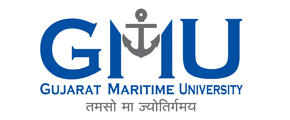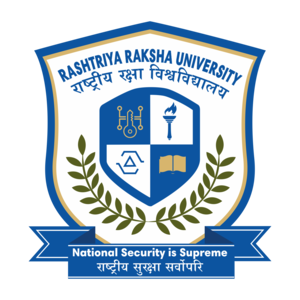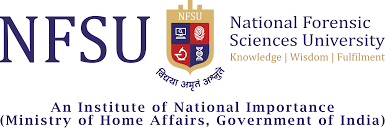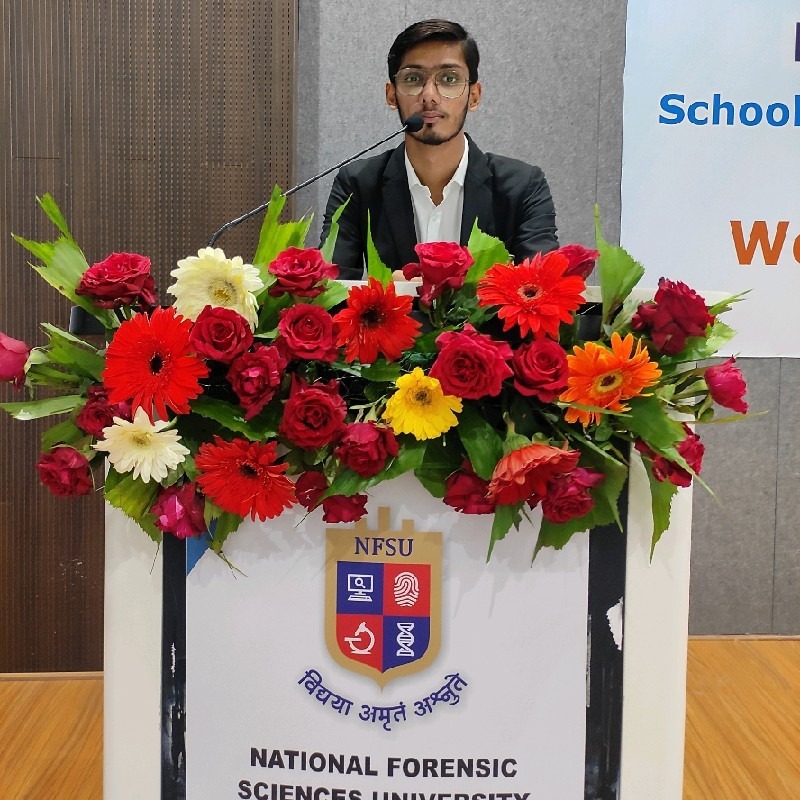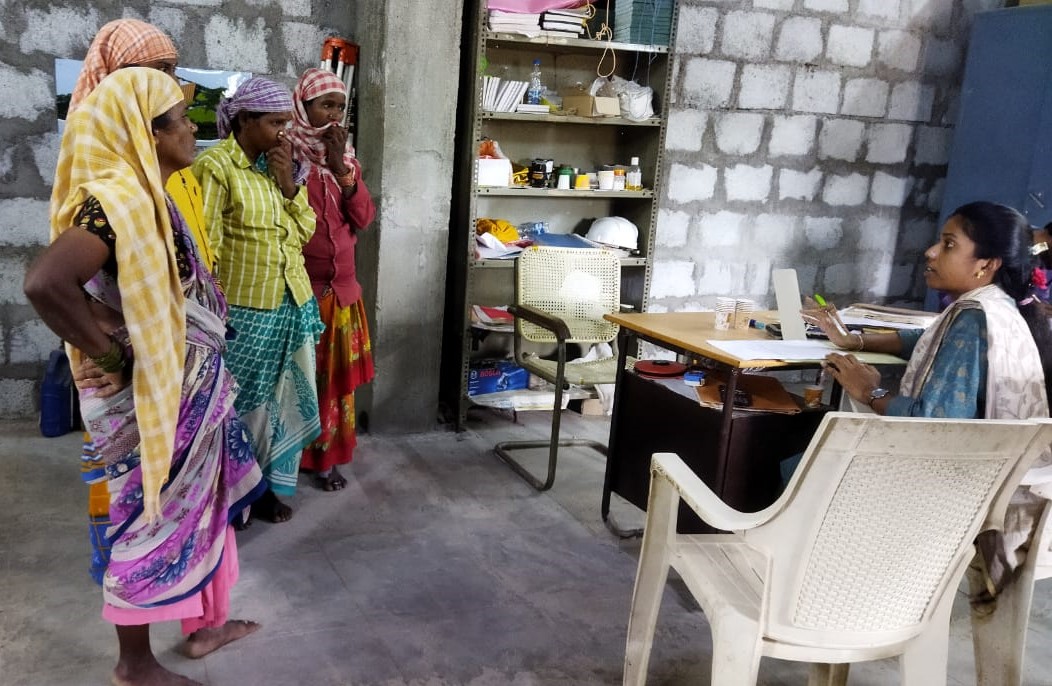Making Legal Aid a Reality (Book Review)
- Lakshmi Bhavana (Campus Ambassador)
- March 4, 2017
Content :
Making Legal Aid a Reality” published by Public Interest Law Institute. Legal aid means any assistance, legal advice, representation provided to the people because of their financial conditions, otherwise would not be able to get it. Legal Aid plays a very important role for the development of the poor sectors and the people who are not well versed with their rights.
This book described about different legal aid camps or initiatives taken in Africa, European countries and many more since 1990s.
In the first part, it describes about the general background of legal aid in African countries and how legal aid is needed in both criminal and civil cases. In South Africa, the law graduates have to undertake internships as pupil advocates before the admission as a practitioner. It can be understood that there is a suggestion for the present law students to participate in various legal aid camps or internships to understand the conditions of the needy and poor in the real society. This part explains about the legal aid and the provisions provided by South African constitution and the provision on what causes people can approach courts like when there is an infringement of constitutional right. The people who cannot afford a lawyer, special procedures have been laid down in the constitution, one of the procedure was the introduction of contingency fees where lawyer will get the fees when the case is successful. Legal Aid board was formed, it has explained about operations and budget of the legal board. It has explained about different sections in the constitution for the noncriminal cases, arbitration, conciliation and mediation. The methods of delivering legal aid in noncriminal cases have been discussed and also about the private lawyers and justice centers which mainly deals with legal aid. The law interns in rural law firms, special impact litigation, cooperative agreements to be laid down, independent law clinics, paralegal centers and many more institutions have been explained in the book and how they have been so helpful to the people to attain their rights. The first part also deals with the England and Netherlands development in providing legal aid. In England, there were basically two types of lawyers, barristers and solicitors. There was a participation of legal aid work in civil and criminal cases. Solicitors played a major role in providing legal aid in both criminal and civil suits. There were many NGOs which were introduced for the development of legal aid services. A special criminal defense service was created for providing lawyers to deal with criminal cases. The law society which is representative body of solicitors ensures that the quality of representation is effective and the solicitor’s representation during police interrogation leads to law society’s action. There are few lessons to be adopted from legal aid system of England and wales as it remains highly sophisticated and the responsibilities are divided between government and semiautonomous body to formulate policies and to administer the uniform scheme respectively. Then there is a description of the legal aid works taken place in Netherlands. It is public funded, low cost service legal services which is provided to thousands of citizens every year. They concentrate on primary legal aid and its important function is to provide readily available access to legal aid at no or very low cost and to solve it in early stages. Dutch society conducted surveys among the clients and even among the lawyers to understand the drawbacks of the services provided. The survey conducted showed that the clients were satisfied and the legal aid services were properly provided to the clients. The Israeli legal aid system is also been described in this book. They tested the eligibility of clients so that they can minimize the number of potential applications. It has been shown clearly about the financial difficulties faced in Israel which is forced to make selection of applications by a particular graph. PDO (Public defender organization) reduced its expenditure by reducing the remuneration of public defenders which resulted in decrease of motivation of many public defenders which affected a quality representation. There has been many schemes introduced for minimizing the remuneration of lawyers but no scheme has been successful during the trial. The expenditure incurred has been clearly shown by a graph. This book mainly described about different legal aid systems in different countries and how it can be adopted in other countries for providing a useful and easy services. The need for civil legal aid is very necessary as no one should be deprived of their liberty without a fair trial and with the concept of equal access to justice. The definition of civil legal aid, reasons for providing it and benefits through it has been explained very ideally. The discussion of who should be getting, what help can be offered and how it should be provided has been clearly mentioned.The relationship between civil legal aid and criminal legal aid is explained as separate systems for both in few countries but few lawyers undertake both the cases.
In the second part, the main legislative developments and changes of legal aid are mentioned. New laws have been introduced in many countries like Bulgaria, Estonia, and Hungary etc. It mentions that legal aid is not only available in court proceedings but also throughout the procedural stages of a case. The eligibility criteria has been same as mentioned in the previous part. This part basically deals with the quality, budget and payment schemes. The incentives and the role of society in reforming the legal aid systems have been clearly mentioned. The second part also deals with the legal aid system in Lithuania. The right to civil, administrative and criminal legal aid in Lithuania is a fundamental right and embodied in many national documents. This country mainly deals with right to legal aid in criminal, civil and administrative matters. The involvement of government organizations in the development of legal aid programs has been seen in this country. The new legal aid reforms have been introduced and how the implementation has been taken place is described. The development of the legal aid system in Bulgaria and how a nongovernment sector has succeeded in pursuing reform of legal aid system in Poland has been mentioned. Lastly, Hungarian legal system and the schemes and initiatives started by them has been briefly described.
In the third part, it has been narrated how to do a research and what aspects has to be taken while doing a research. The pros and cons of different methods of research has been explained in a spectacular way. The research takes place mainly to control the costs of legal aid systems and need to provide research based arguments to protect legal aid systems. Before starting your research, you need to ask questions to which you have to find an answer. Good research often balances the need for truth with the need for simplicity. Its gives the ability to focus on crucial issues and explore for a successful research. Policy makers makes policies to lead the society and researcher researches whether the policies are helpful to clients or people. The different methods of research is primary and secondary sources, interviews, observation, survey and focus groups. All these methods gives us a clear picture of how policies are being helpful in the particular society. The research alIn this part, the quality of a research project and how it can be easily understood by the reader has been illustrated. It has demonstrated an example and study of legal aid in criminal case in Bulgaria. Firstly, they have explained about the access to legal aid through a graph and the fees of the counsel is represented in a tabular form. In this way, we can do a complete survey for our research as explained in the book for various topics including appointment of lawyers etc. Due to surveys we can compare the old data with the new data so that we will understand where there should be an improvement.
The fourth part deals with the international and regional standards on legal aid such as European courts of Human rights jurisprudence which explains about free legal assistance, legal aid at various stages of proceedings. The effectiveness of free legal assistance and the right to free legal assistance has been explained under article 5(4) of the convention and issues which are related to the appointment of legal aid lawyers has been specifically mentioned to highlight the need of lawyers. It explains more about the treaties, fundamental rights in European countries. Free legal assistance. Article 6(3)(c) says that a person charge with a criminal offense has to right to defend himself or herself and it cannot be taken away by anyone.
This book has compared between different legal aid systems differing from each country and how can some countries adopt few gainful schemes which will help the citizens of a particular country. This book has considerably explained how a research should be done so that we can find out the answers and also give suggestions to improve a particular sector or scheme. Legal aid system in each country has been explained by different writers and has been placed very smoothly to make reader feel easy and can compare the legal aid systems in different countries. It is a good book for earning the knowledge of legal aid systems and how to do a research on it.
